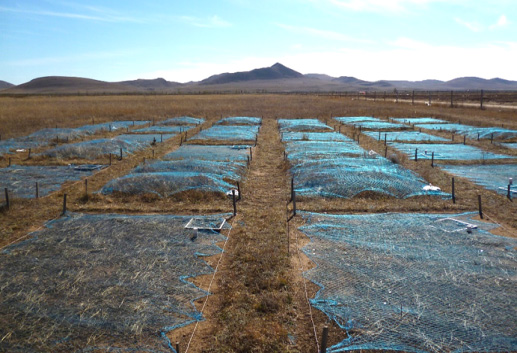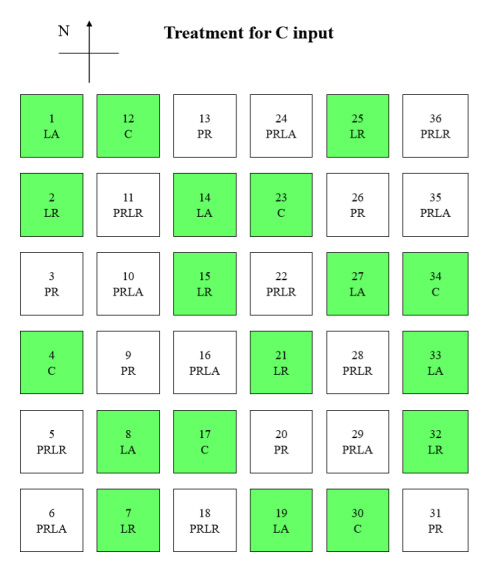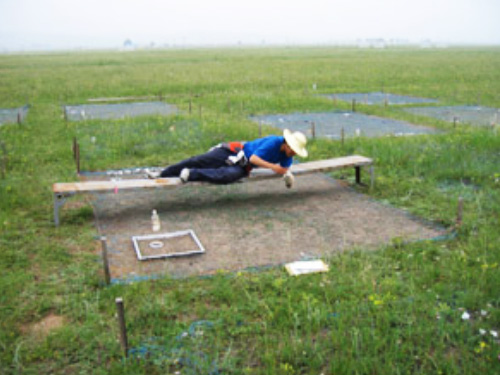Background
Grassland dominates for about 30-40% of the land surface area and plays an important role in regulating the global carbon (C) cycle. As the largest organic C pool in terrestrial ecosystems, soil organic carbon (SOC) is an important part of the global C cycle. Soil organic carbon mainly comes from two processes, the above-ground (litter decomposition) and the underground input (root exudate, root decomposition). On the one hand, the decomposition of litter may release nutrients into the soil. On the other hand, the root imports the photosynthetic products of plants into the \underground and returns organic matter to the soil C pool. There is limited understanding of how the two C input pathways of litter decomposition and root exudate affect SOC pools and cycles in grasslands. By observing the changes of various components of SOC pool and C cycle, this study aims to distinguish and quantify the relative contribution and influence of the two C input pathways of litter decomposition and root exudate to the C pools and cycles, and helps to reveal the response mechanisms of C pools and cycles in temperate typical grassland ecosystems under the global change scenarios.
Experimental design
The experiment was established at the end of the growing season in 2005, and observation began in May, 2006. We used completely random block design with six treatments and replicated six times. Thirty-six 3 × 4 m2 plots were arranged in 6 × 6 matrix. The distance between any two adjacent plots was 0.5 m. Six plots in each row were randomly assigned to six treatments: control (C), litter removal (LR), litter addition (LA), plant removal (PR), plant removal and litter removal (PRLR), plant removal and litter addition (PRLA).




